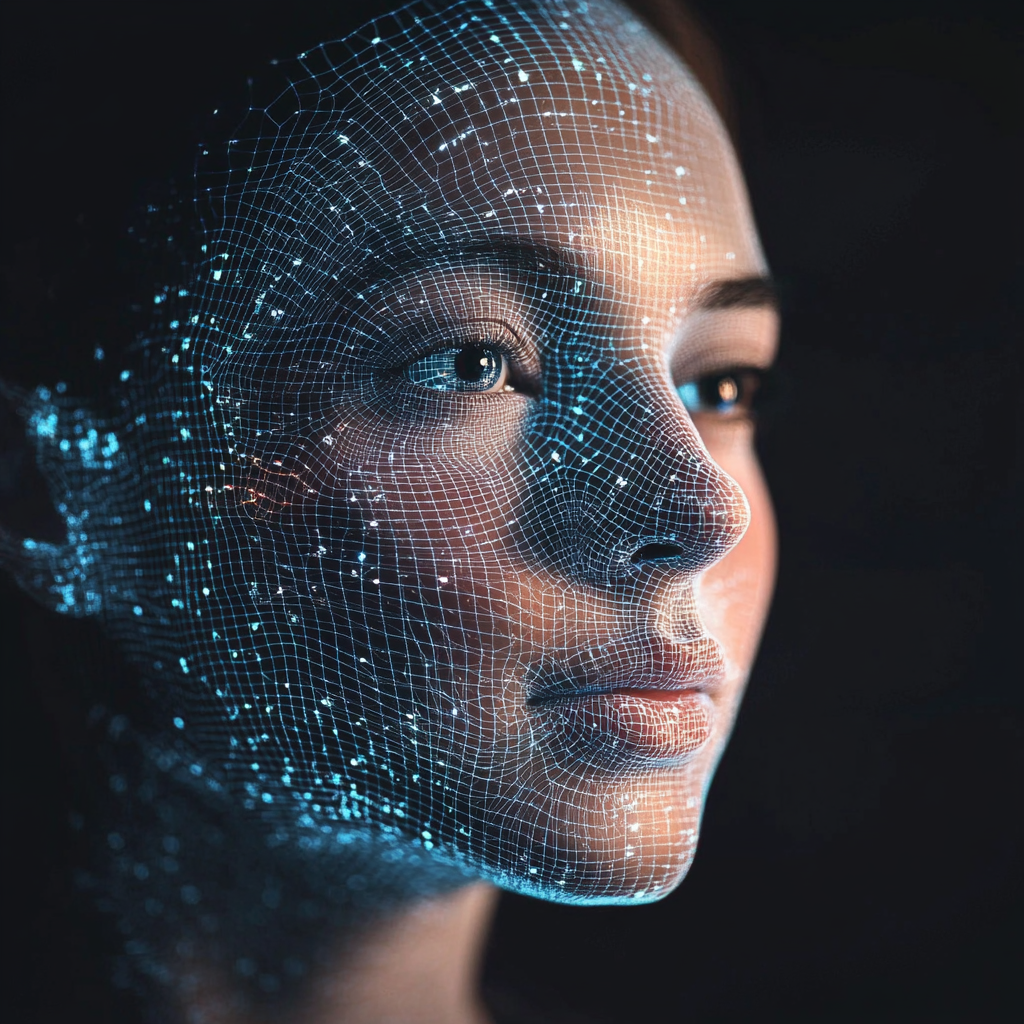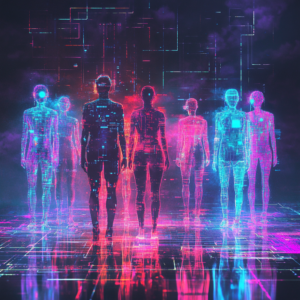
Research reveals ‘major vulnerabilities’ in deepfake detectors
Deepfake Detectors: The Flawed Guardians of Digital Reality
Imagine flipping on your favorite news channel, only to find that what you’re seeing is a expertly crafted illusion—a vibrant tapestry of deception woven together by AI. Welcome to the age of deepfakes where reality can no longer be trusted, and every pixel could harbor lies. In the midst of this technological whirlwind stand deepfake detectors, the supposed bastions of truth. However, a shocking revelation from a recent study by CSIRO and South Korea’s Sungkyunkwan University (SKKU) has thrown the efficacy of 16 popular detectors into serious question. It turns out that none can reliably catch real-world deepfakes[1][2][3]. The message is stark: our defenses against digital deception are alarmingly inadequate.
The Alarming Findings: Detectors in the Dark
Think of a deepfake detector like a guard dog trained solely to bark at strangers wearing hats. Now imagine that guard dog is thrown into a crowd where everyone is wearing a hat, and its fluffy self sits there confused, unsure of who poses a real threat. This is what happens when deepfake detectors like the ICT model, which were primarily trained on celebrity faces, encounter ordinary people—realism crumbles, and functionality goes belly up. This study’s groundbreaking five-step framework—which evaluates detection tools based on the type of deepfake, the method of creation, data preparation, training, and validation—has exposed 18 critical factors impacting their accuracy[1][3]. The quantitative data looks stunning, but the qualitative implications are catastrophic.
So why are these detectors failing? Most detectors have their sights set solely on **appearance**. They scrutinize pixels but ignore the nuanced wonder of context, which is where real deception often lurks. It’s the classic magician’s bluff: while you’re focused on the sparkling card in one hand, the real trick is happening in the other. As Dr. Sharif Abuadbba from CSIRO puts bluntly, “Detection must focus on meaning and context rather than appearance alone”[1][3]. With the ascent of generative AI, producing deepfakes has become not only cheaper but also easier. It’s not just evolution; it’s Darwinism in the digital realm, with deepfakes morphing and adapting faster than our flimsy detectors can keep pace.
Why Current Detectors Fall Short
Let’s break it down—here are the main culprits dragging these detectors down:
- Narrow Training Data: Detectors that absorb the glitz and glam of celebrity faces struggle when faced with the mundane reality of everyday individuals. It’s like teaching a parrot to recite Shakespeare and then expecting it to engage in a casual chat about grocery shopping.
- Static Models: Many deepfake detectors are not dynamic; they lack an ability to adapt to evolving technology. Imagine a security alarm that only goes off for break-ins from two years ago—yikes, right?
- Overreliance on Visual Cues: These devices often overlook context-rich clues like mismatched audio or peculiar metadata that could provide crucial insights. It’s akin to a detective who can’t see beyond the blue-and-white checkered shirt of a suspect while ignoring the bloody knife tucked away under the coffee table.
The Deepfake Arsenal: Types That Outsmart Detectors
Deepfakes aren’t a monolithic enemy; they come in various forms that are, quite frankly, terrifying:
- Synthesis: Entirely new faces are engineered using advanced techniques like Generative Adversarial Networks (GANs). Picture pure imagination brought to life, a digital Frankenstein lurking in the background.
- Faceswap: This technique hijacks one person’s visage and plaster it over another’s body in a video. Imagine your pet cat suddenly ruling a country, all thanks to a wildly successful deepfake. Not funny when taken out of context, is it?
- Reenactment: This digital sleight of hand moves facial expressions from one target to another. Imagine your favorite political figure mouthing words they never spoke, a concoction that could spin narratives in any direction.
The Road Ahead: From Fragile to Resilient Detection
It’s not all doom and gloom; CSIRO and SKKU aren’t just waving red flags; they’re mapping out the path toward a better detection landscape. Their recommendations are worth paying attention to:
- Multimodal Integration: It’s essential to combine audio, text, images, and metadata into a cohesive detection strategy. Think of it as Sherlock Holmes combing through leads, piecing together the bigger puzzle rather than focusing only on one fragment.
- Diverse Datasets: Training models using a rich array of both real-world and synthetic data can elevate detection capabilities. It’s like teaching a child about dogs by showing them everything from chihuahuas to Great Danes, rather than just toy poodles.
- Proactive Strategies: Implementing innovative fingerprinting techniques could help trace back the origins of deepfakes. Consider this akin to leaving tiny breadcrumbs as markers to identify who or what created the digital deception.
As if this weren’t urgent enough, the shadows of political manipulation loom larger as major elections, like Australia’s, approach. Deepfakes have the potential to explode as political weapons, throwing entire campaigns into chaos. The Albanese government’s tardy legislation on deepfake regulations only adds fuel to the fire, highlighting the glaring disconnect between the fast-paced evolution of technology and the slower pace of legal protections[2]. Meanwhile, Meta’s withdrawal from fact-checking further leaves us vulnerable to the cunning machinations of these digital impostors[2].
The Bigger Picture: A Digital Arms Race
This is about more than just technology. It’s about the very foundation of trust in our institutions and the media. As we step deeper into the land of deepfakes, they gnaw at our faith in what we see and hear. The call for adaptable, resilient solutions is akin to the need for a digital immune system—one that evolves to combat the threats lurking just out of sight. Professor Simon S. Woo from SKKU encapsulates it precisely: this research “paves the way for more resilient solutions”[3], but we must act swiftly if we’re to meet the challenge head-on.
So, what lies ahead? The pathway forward undoubtedly hinges on collaboration—between researchers, policymakers, and technology companies. In the meantime, deepfakes will continue to lurk at the edges, waiting to strike when our defenses are down and exposing us to an avalanche of anxiety.
Want to stay up to date with the latest news on neural networks and automation? Subscribe to our Telegram channel: @channel_neirotoken

